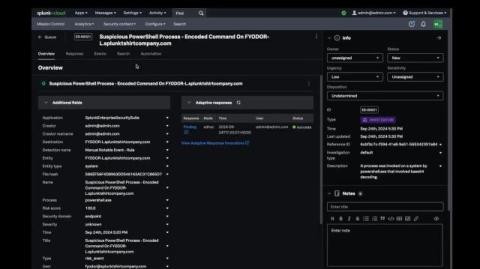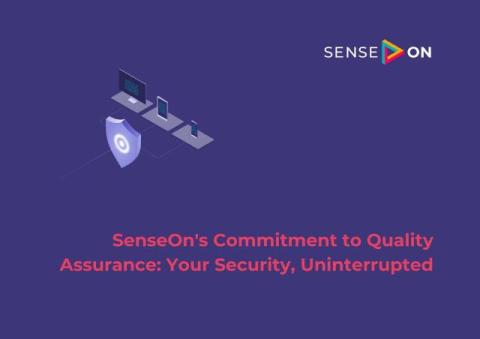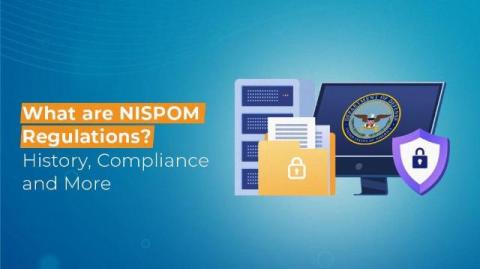Unify and Automate TDIR Workflows with Splunk SOAR 6.3 and Splunk Enterprise Security 8.0
Security teams are juggling 25+ different security tools that perform different actions across detection, investigation and response. Look up an IP here, send malware to a sandbox there, block an executable over there. What’s worse is that the vast majority of those actions are being performed manually. This approach is simply too slow against fast-moving attackers and malware, and it certainly isn’t sustainable.









